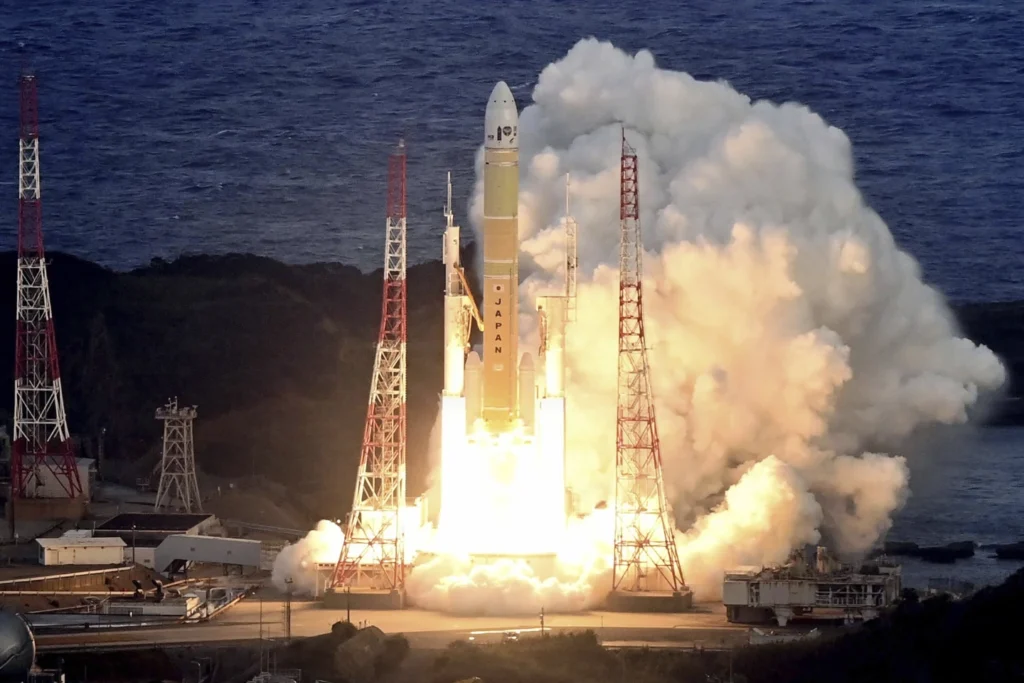Japan’s space agency, JAXA, successfully launched the Michibiki 6 navigation satellite on its new H3 rocket Sunday from Tanegashima Space Center in southwestern Japan, with the satellite separating as planned about 29 minutes later, according to AP.
The Michibiki 6 will join Japan’s Quasi-Zenith Satellite System (QZSS), a regional navigation network that began operating in 2018. The satellite’s signals will enhance positioning data for smartphones, cars, maritime navigation, and drones, supplementing the American GPS system.
Japan plans to expand the QZSS to seven satellites by March 2026 and aims is aiming to havefor an 11-satellite network by the late 2030s.
The expansion will reduce reliance on foreign services and provide more accurate global positioning capabilities.
Prime Minister Shigeru Ishiba praised applauded the successful launch, pledging to maximize the system’s use for public benefit. The launchAlthough, delayed by a day due to weather, the launch was the H3 rocket’s fourth consecutive success after a failed debut in 2023, when the rocket had to be destroyed along with its payload.
Japan views a stable, commercially competitive space transport capability as crucial for its space program and national security.
The H3 rocket, developed with Mitsubishi Heavy Industries, is part of Japan’s strategy to meet diverse customer needs and strengthen its position in the global satellite launch market. JAXA is also developing the smaller Epsilon rocket system with IHI’s aerospace unit to cater to a wider range of missions.


